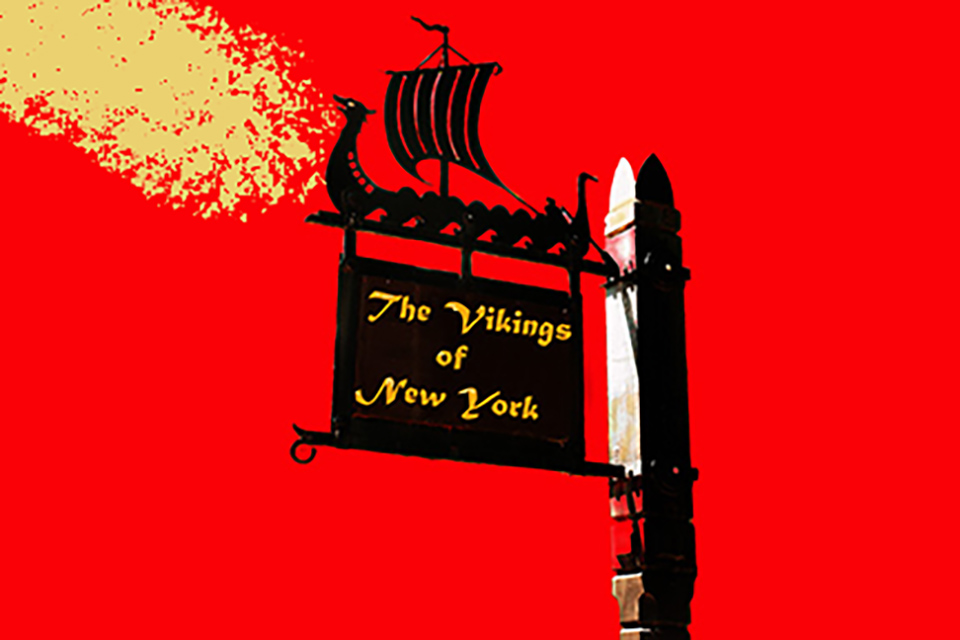
The Lenape believed that the world was inhabited by spirits that a conjurer could deal with. Spiritual healers would use chants, prayers, and herbal remedies to drive out the evil spirits that caused disease.
A threat of smallpox plague transmitted from Asia hung over the world, and the Europeans brought it with them to the Americas. About three in ten people who contracted it died. The probability that this disease had evolved from horses means that the Lenape had no natural immunity because they had no experience with domesticated horses until after the arrival of the Europeans. The American tribal peoples hadn’t encountered smallpox before (as far as we know), so none had built up specific immunity to the disease.
The Lenape religious theory of biological diseases like smallpox left them defenseless. Disease was understood to enter the body if a person was not spiritual enough so that their spirits would protect them. So, simple prevention like isolation and quarantine was not practiced at first. The germ theory came so late in human development that the Europeans and Indians didn’t have a very clear understanding of germs, contagion, isolation, and quarantine.
The disease often spread during war. John McCullough, a Lenape captive since July 1756, wrote that the tribal people, under the leadership of Shamokin Daniel, “committed several depredations along the Juniata; it happened to be at a time when the smallpox was in the settlement where they were murdering, the consequence was, a number of them got infected, and some died before they got home, others shortly after; those who took it after their return, were immediately moved out of the town, and put under the care of one who had the disease before.”
There is a European claim that they tried to attack the Indians by giving them infected blankets. However, this was not likely successful as smallpox is more often distributed by droplets in the air. There are a few stories of upstate tribes doing the same thing, but infections basically spread around when they were peaceful with each other and so came into prolonged personal contact. Peace, not genocidal war, most often spreads the disease.
Between 1640 and 1650, smallpox hit Ontario, Canada, and bodies in a cemetery there have been identified as bearing resemblance to smallpox victims. Historical records do indicate that such an epidemic took place there in 1634. Soon, the European migrants and local tribal nomads needed all the prayers that they could get. The pox came to New Amsterdam. There were not many Lenape in Queens, but the disease probably reduced their numbers substantially.
As the Indians got weaker, some Europeans took advantage. The conflicts escalated into wars of extermination in the 1640s by New Netherlands Governor-General Willem Kieft. He hired English mercenary John Underhill to attack the Indians on Long Island, slaughtering 120 of them. Kieft even attacked Indian allies of the Dutch. The backlash against Kieft by local Europeans was intense. Pastor Everadus Bogardus, whose daughter was a translator for the Indians, denounced the Governor General, whose office in New Amsterdam was across the street, every Sunday with warnings of God’s wrath. Kieft’s response was to station firing cannon outside the church during sermon time. The miserable drunk, corrupt Kieft was recalled, but he had already done a lot of damage.
In 1649, smallpox spread from Massachusetts to New Amsterdam, prompting Governor General Peter Stuyvesant to call for a day of prayer and fasting. Both Europeans and Indians were affected.
Historian Evan T. Pritchard has summarized the effect of the plagues on local Indians In New England between 1640 and 1690 when fourteen epidemics of various diseases passed through the Indian tribes. In some areas, as many as 90% of Indians died of various plagues. The Mahicans shrank from 51,300 to 4,500, estimates archaeologist Dean Snow. He suspects that several tribes in Long Island lost 95% of their people. The Montauks were fortunate to lose only 77%.
Pritchard says that the number Lenape villages in Manhattan shrank from six to two. He also estimates that almost all of the Indians in Queens were wiped out by the smallpox epidemic in 1662.
Jasper Dankaerts’ diary for June 1681 noted that military exercises were suspended throughout the year because of the epidemic. A major epidemic, described as ‘‘fatal to adults’’ and the ‘‘hand of God,’’ erupted in the spring and summer of 1689.
This disease remained a constant threat in Queens through the 19th Century. Thirty years later, an epidemic spread throughout the city with significant effects. Then, in June 1731, a 2-month-long smallpox epidemic broke out, quickly spreading throughout the city. About 5-8% of the city died. ‘Smallpox became a constant visitor in New York City’’ with outbreaks occurring almost every year for 10 years beginning in 1756.
A well-preserved female mummy with smallpox-like lesions from the 19th Century was found in Queens in 2011. On April 1, 1854, construction of the Smallpox Hospital began on the southernmost point of Blackwell Island (now known as Roosevelt Island). The last big smallpox scare in New York City was in 1947.
The loss of the population was so high, some scholars claim, that it was partially responsible for the idea of the Americas as a “virgin wilderness”. The plague resulted in settlements vanishing and cultivated fields being abandoned for reforestation.










